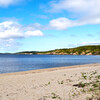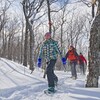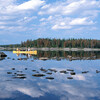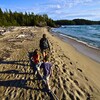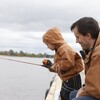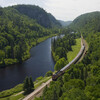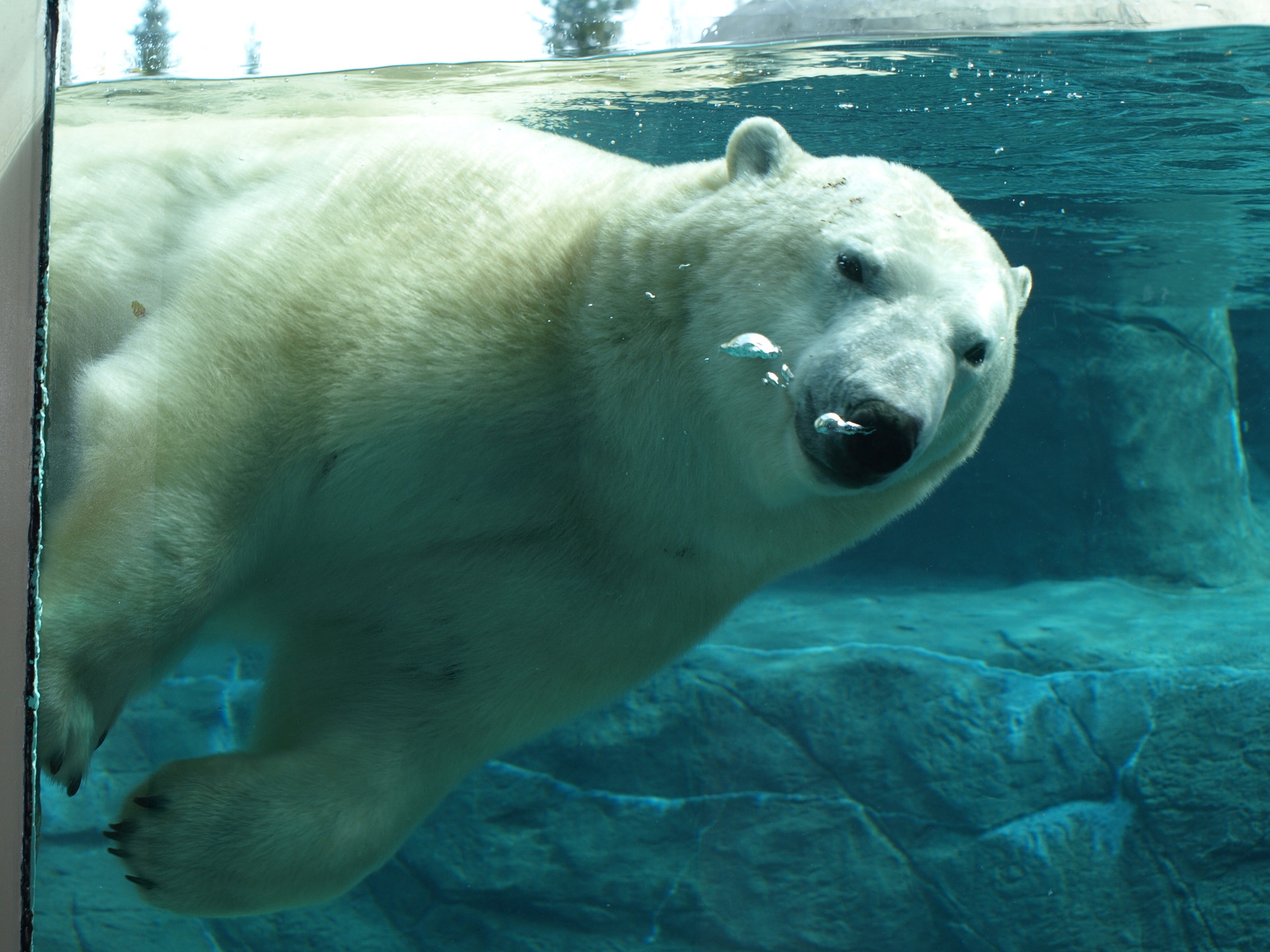
The Polar Bear Necessities
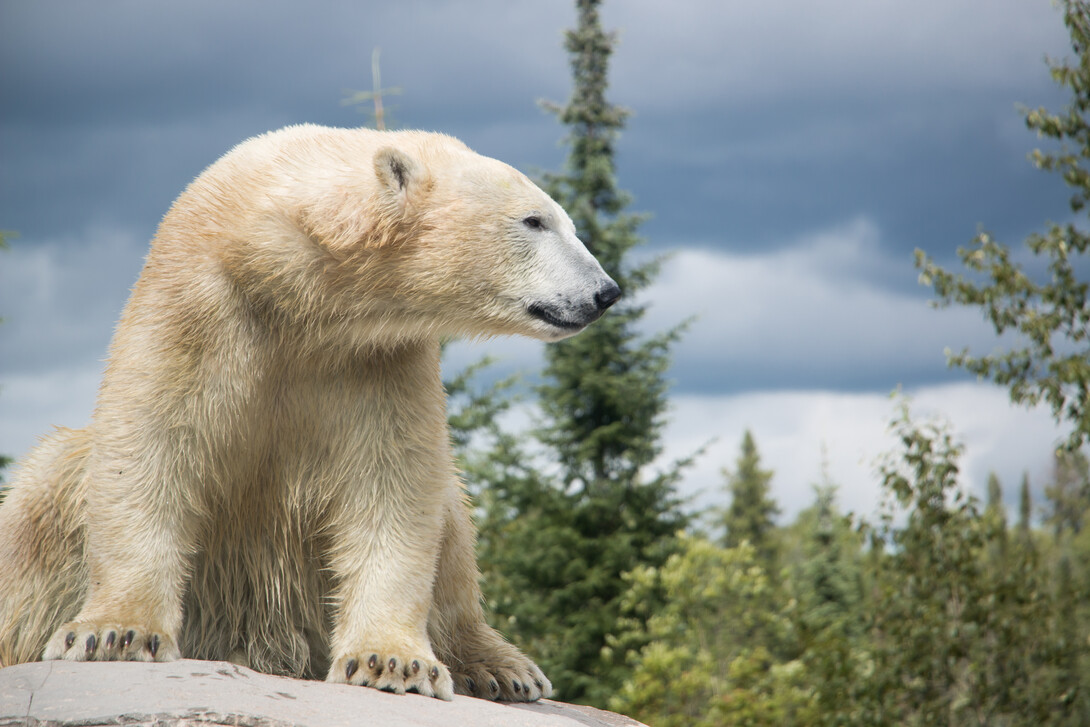
As I pull into the Polar Bear Habitat in Cochrane, Ontario, it feels more like I’m entering the infamous scene from the movie Jurassic Park. Huge fences tower above me, cameras point in all directions, and there is an eerie quiet as it isn’t quite 10 am on a Sunday. Instead of the dinosaurs that appear in Jurassic Park, the only animals behind these fences are polar bears.
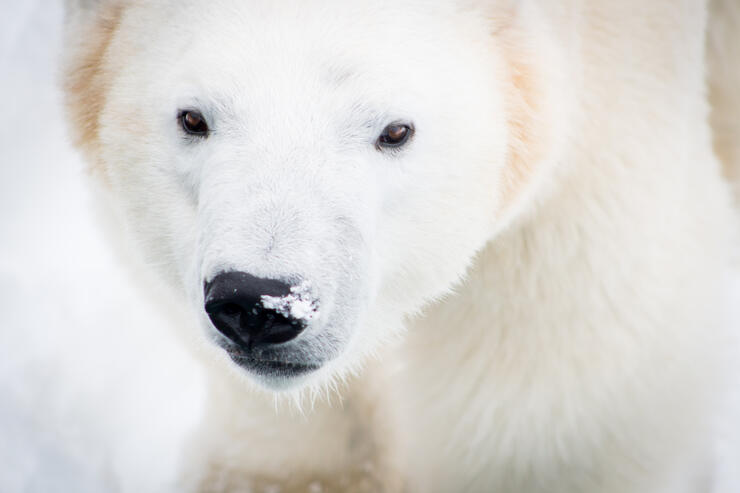
The Polar Bear Habitat in Cochrane, I soon learn, is a special place. Hailed as the largest and the only human-run care facility dedicated solely to polar bears, this facility currently houses three male bears. Visitors are welcomed in seven days a week, all year round. Friendly staff greet me as I walk into the visitors' centre, complete with a gift store, registration desk, and learning theatre. I glance up at the television in the corner and notice a live broadcast of one of the bears, who I soon learn is Ganuk, playing with what looks like a rain barrel.
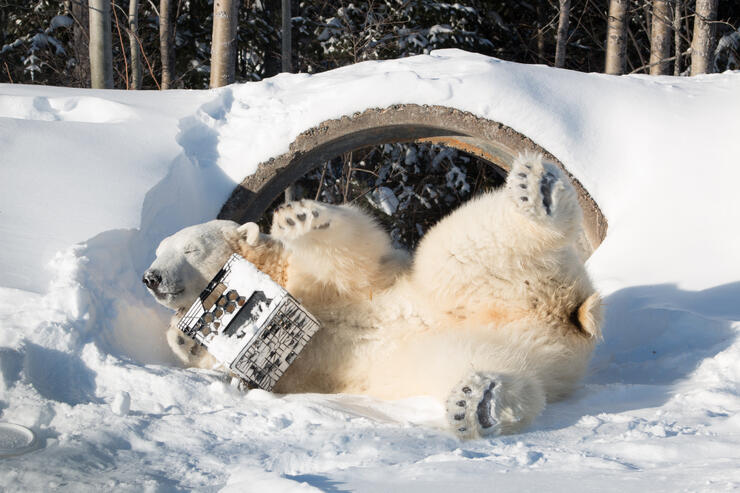
After a quick safety lesson from the staff and an overview of the facility, I venture outside. Joined by a busy family of four, we set off looking for the bears. A total of four enclosures, spread over seven hectares, give the bears plenty of room to roam and play, including the largest enclosure in the world that features a natural lake. Although the lake is snow-covered currently, the bears still tromp through the snow and can often be found testing the thickness of the ice by banging on it.

Just a short walk away from the visitors' centre is the first enclosure featuring Ganuk and Henry, two male bears that live together. Typically polar bears aren’t housed together, and I get a chance to speak about this with the bear keeper, Dylan, at the learning centre that overlooks two enclosures. As Ganuk and Henry check in on us through the glass walls and Inukshuk, the largest and oldest bear pays no attention to us, Dylan talks to me about the training they are doing with the bears. “Pretty soon” he says, “the bears will have enough trust and training to voluntarily let us draw their blood for health tests.” Here at the polar bear habitat, the keepers use a lot of hands on interaction to gain the trust of the bears, and all of them even enjoy getting tickled and having their heads scratched.
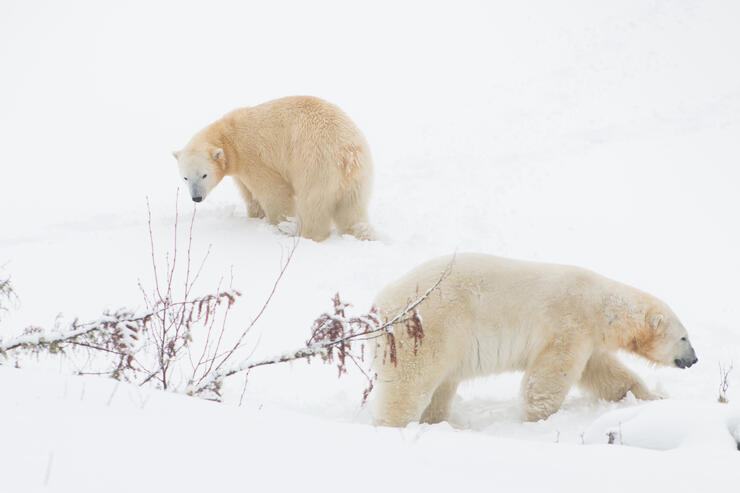
In the summertime, visitors are invited to take a dip in the wading pool, that looks into the polar bears’ own personal swimming pool, as well watch as the bears swim for hours in the natural lake. Families will easily spend a few hours exploring the habitat, watching the polar bears play alongside each other as well as learning more about the species and the challenges they face. A visit to the polar bear habitat isn’t a visit to the zoo. It’s a place of learning, interacting, and understanding more about these impressive creatures.
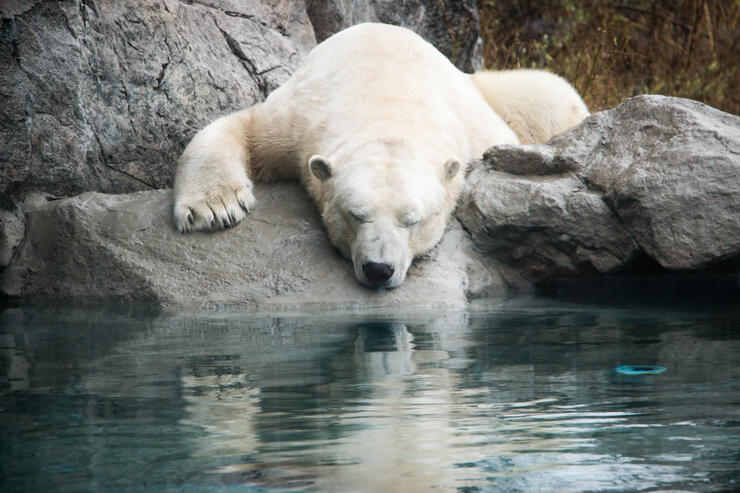
Recommended Articles

BIG Vistas
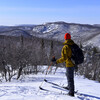
Algoma’s Secret Backcountry
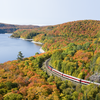
Choo-Choo Choose Adventure!
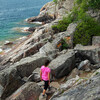
Ancient Art Galleries

A True Mountain Experience
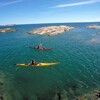
Paddling Adventures in Northeastern Ontario
Arrowhead's Winter Wonderland

Quintessentially Canadian
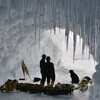
5 Ways to Experience Lake Superior Provincial Park in the Winter
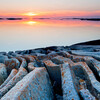
10 Insane Photos of Georgian Bay You Have to See To Believe
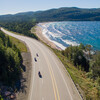
Stimulate Your Motorcycle Senses
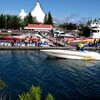
Don’t Miss the Parade of Power

Top 5 Things To Do In The Soo
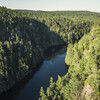
You Don’t Have To Rough It To Enjoy It
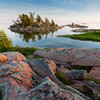
Can’t Get Enough of Killarney
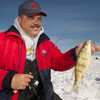
Black Bay Perch
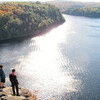
Top 5 Things To Do In Restoule Provincial Park

Picturesque Adventures in Explorers’ Edge
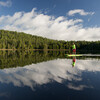
A Dozen Ways to Fill Your Days
